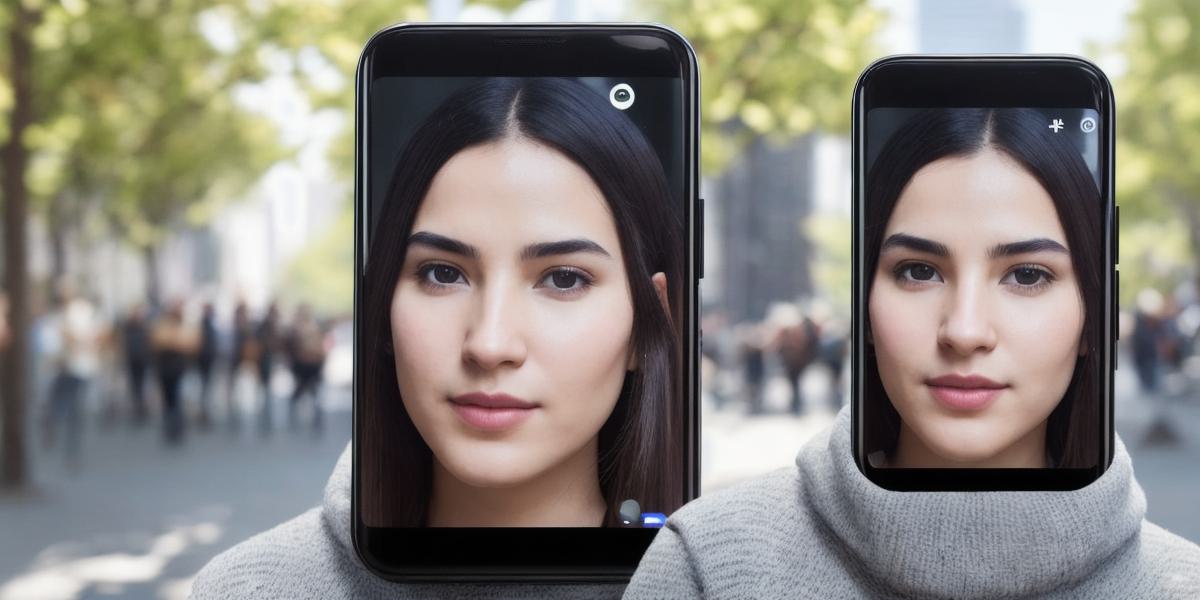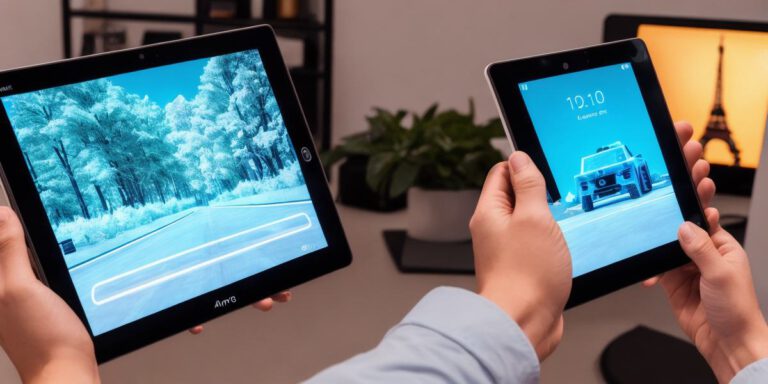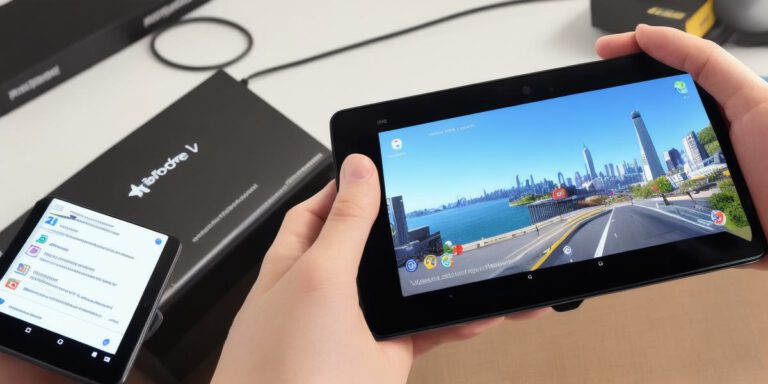ARCore Support for Face Tracking: Features, Limitations, Best Practices

Introduction:
Augmented Reality (AR) has revolutionized the way we interact with technology. One of the most promising developments in AR is the integration of face tracking technology. With this feature, users can interact with AR content using their facial expressions and movements. In this article, we will explore the features, limitations, and best practices for implementing face tracking in ARCore, Google’s AR development platform.
Features:
ARCore supports a range of face tracking capabilities, including eye tracking, head pose estimation, and facial expression recognition. Eye tracking allows developers to track where users are looking, while head pose estimation enables more accurate tracking of user movements. Facial expression recognition enables developers to create interactive content that responds to users’ emotions.
Limitations:
One of the main limitations of ARCore face tracking is its accuracy. While it can be highly accurate in some cases, it may struggle in low-light conditions or when the user is wearing glasses or hats. Additionally, facial expression recognition can be challenging to implement, especially for more nuanced expressions like sarcasm or irony.
Best Practices:
To get the most out of ARCore face tracking, developers should follow these best practices:
- Optimize for performance: ARCore’s face tracking capabilities require significant processing power. Developers should optimize their AR applications to ensure smooth performance and minimize lag.
- Test in a variety of environments: As mentioned earlier, ARCore’s face tracking can struggle in low-light conditions or when the user is wearing glasses or hats. Developers should test their AR applications in a variety of environments to ensure accuracy and reliability.

- Use realistic facial expressions: While facial expression recognition can be challenging to implement, developers should use realistic facial expressions to create engaging and interactive content.
- Consider alternative input methods: In cases where face tracking may not be accurate or reliable, developers should consider using alternative input methods such as hand gestures or voice commands.
Conclusion:
ARCore’s support for face tracking is an exciting development that has the potential to revolutionize the way we interact with AR content. While there are limitations and challenges to implementing this feature, following best practices can help developers create engaging and interactive experiences that take advantage of this powerful technology. As AR continues to evolve, it will be fascinating to see how face tracking and other features are integrated into our daily lives.








